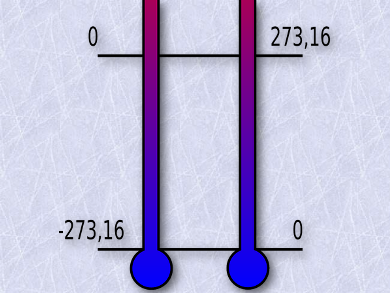By 2018, scientists want to put all the basic physical units on a solid, invariable foundation: the natural constants. This has already been achieved for the units of the meter and the second; in the case of the mole, ampere, and kilogram, researchers are approaching the necessary accuracy in the measurement of the reference quantities.
The Kelvin unit will also no longer be defined by the triple point of water. The exact triple point is dependent on the isotope composition of the water – and therefore variable. The Boltzmann constant indicates how the thermal energy of a gas and thus the movement of the gas particles depends on the temperature. However, to allow this constant to be used as a reference for the SI unit Kelvin, it must be determined by two different methods with a measurement uncertainty of less than one millionth.
Scientists have already achieved the required measuring accuracy by means of so-called acoustic gas thermometry. In addition, Christof Gaiser and colleagues, Physikalisch-Technische Bundesanstalt (PTB), Braunschweig, Germany, have constructed a so-called dielectric-constant gas thermometry. This exploits the fact that the noble gas helium as a dielectric changes the capacitance of a capacitor. With an electrical measurement, the density of the gas and the temperature can be measured and the Boltzmann constant determined.
The measurement has succeeded with a measurement uncertainty of less than 2 ppm. This fulfills the requirements and in September 2017, the “Committee on Data for Science and Technology (CODATA) Task Group on Fundamental Constants” will set the official value for the Kelvin unit on this basis of the Boltzmann constant k.
- Final determination of the Boltzmann constant by dielectric-constant gas thermometry,
C. Gaiser, B. Fellmuth, N. Haft, A. Kuhn, B. Thiele-Krivoi, T. Zandt, J. Fischer, O. Jusko, W. Sabuga,
Metrologia 2017, 54, 280–289.
https://doi.org/10.1088/1681-7575/aa62e3




